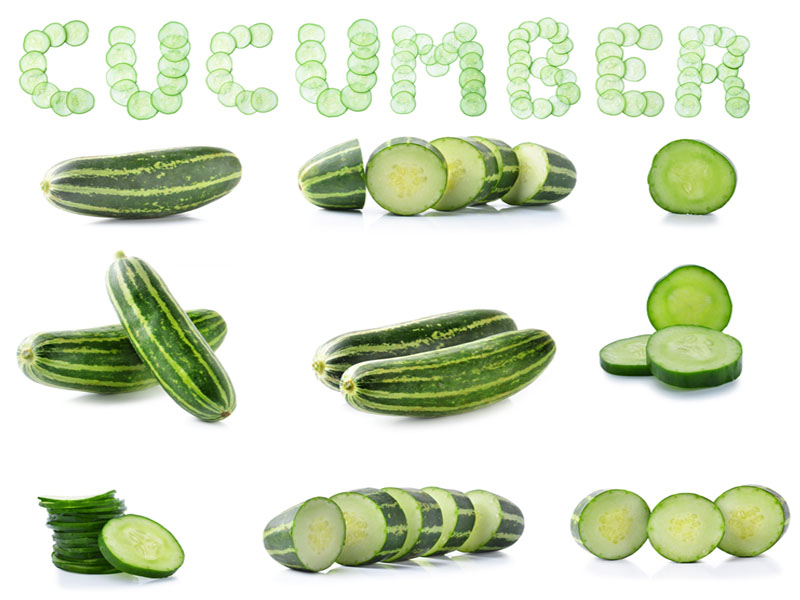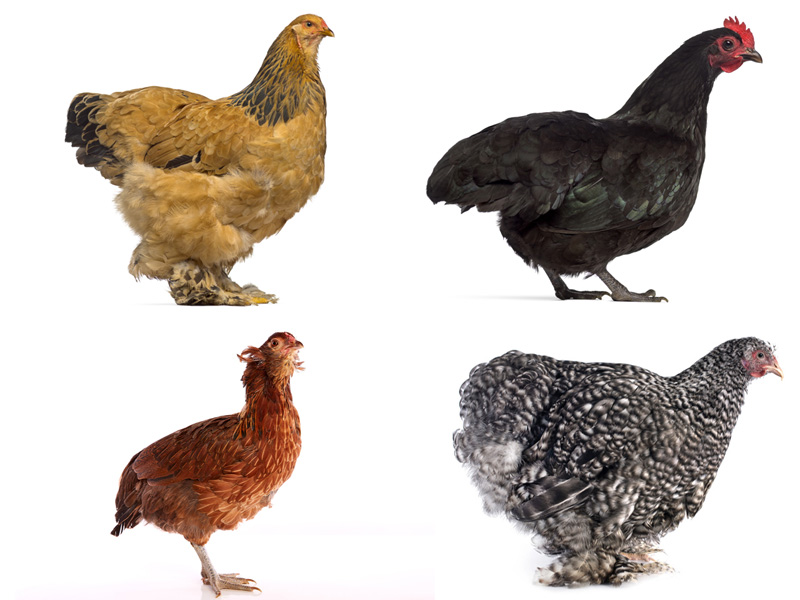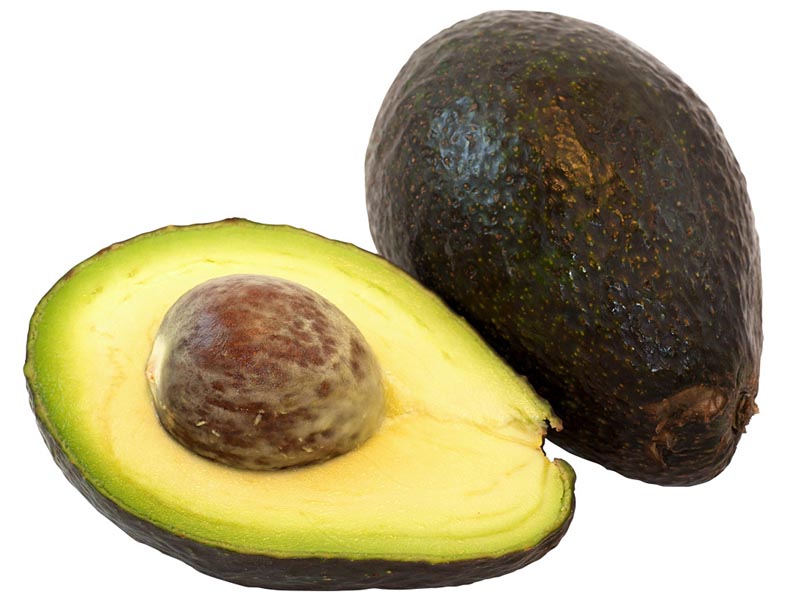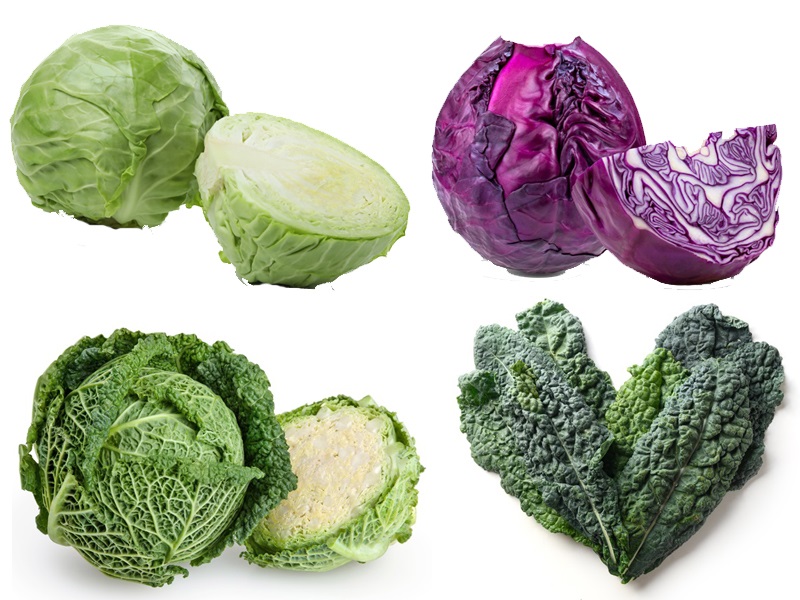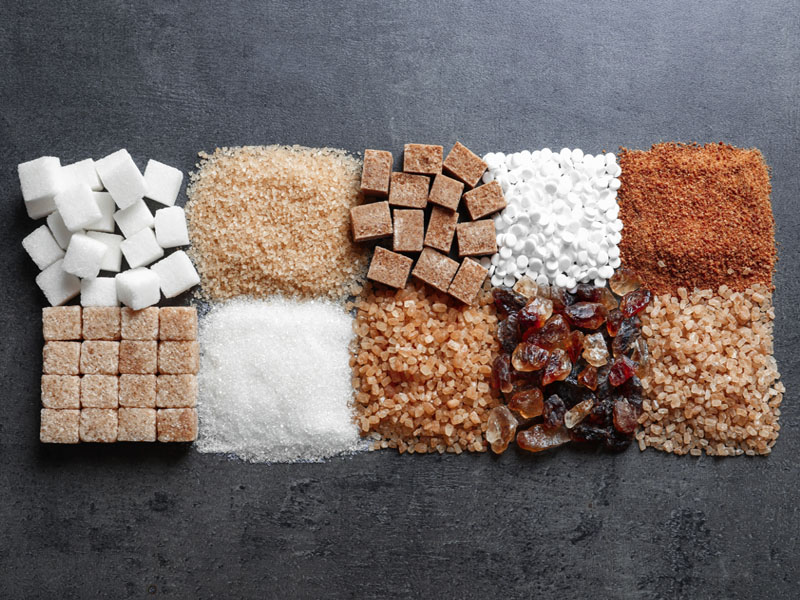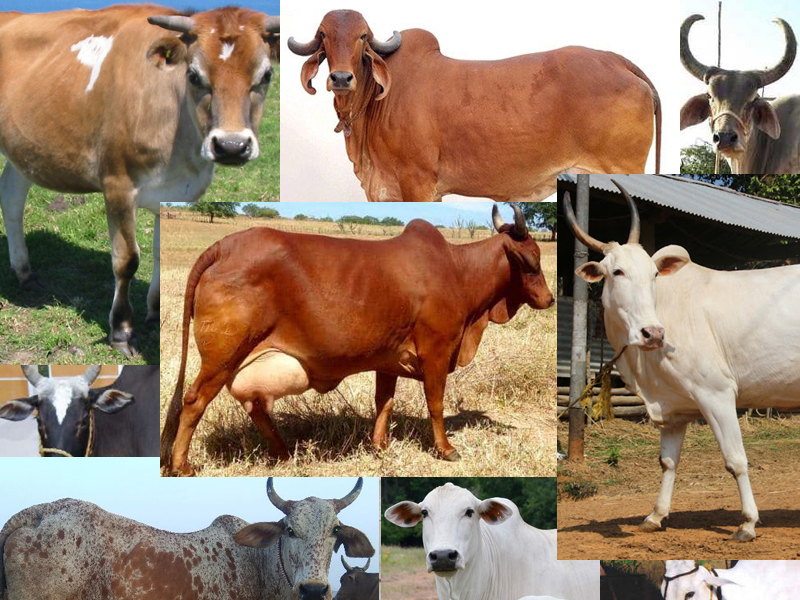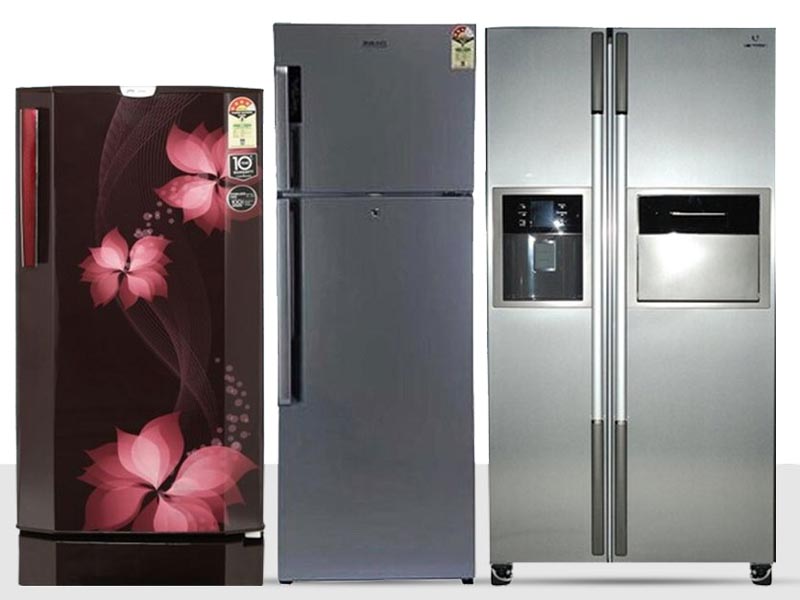In the modern era, a television set is no more a luxury but a necessity in every home. Until a few decades back, there were limited choices in the TV segment and the decision-making was like a binary code – Black & white or colour tv? Today’s scene is quite different! With so many different types of televisions available in the market, the TV upgrade game is not easy at all! Walk into an electronic store and the salesman is likely to bombard you with jargons like HD, 4K, 8K, QLED etc., leaving you baffled!
If you can relate to this problem, then fret not! This article serves as a mini-guide to understanding the different kinds of televisions in the market and their differences.
10 Different Types of TV and Their Features:
Let us now look into the differences between the various types of televisions by technology resolution and screen by available currently:
1. Liquid Crystal Display (LCD) TV:
LCD TVs are one of the most popular television types which came into existence in the mid-2000’s. They use liquid crystal technology which combines liquid crystals with polarizers to create images on the screen. LCD televisions have three polarized glass panels called substrates which contain liquid crystals in between them. The panels are in red, blue and green colours. When electric current passes through them, the crystals rotate and align to let the light pass through the other substrate. This is how we see colors and images. Since LCD TVS use LEDs for backlight, they are also called LED televisions.
2. Organic Light-Emitting Diode (OLED) TV:
Organic Light Emitting Diode or OLED TVs are competitive versions to LCD televisions which entered the market in 2012. The key difference between an OLED and an LCD is the use of organic light-emitting diodes instead of LED lights. These compounds glow when an electric current passes through them, resulting in excellent picture quality and colour display. Also, the technology requires no substrates and hence the TVs have become much thinner and sleeker than LCD. They also display extreme blacks better than LED TVs and come at a lower cost too. OLED TVs also produce less heat and consume about 40% lesser power than LED or LCDs.
3. Quantum Light Emitting Diode (QLED) TVs:
Quantum Light Emitting Diode or QLED TVs are one of the most popular television types in the current market. Although Sony introduced this technology in 2013, brands like Samsung were quick to jump into the league. QLED TVs use quantum dots, which are tiny nanoparticles instead of LED lights. When an electric field passes through them, the dots get charged to improve colours and brightness. Compared to LCDs and OLEDs, QLEDs are known to have superior contrast ratios and better longevity. However, the screens are quite larger due to the use of QLED technology.
Read: All Types of Motorcycles
4. Plasma Display Panels:
Plasma Televisions (PDPs) witnessed a huge popularity in the early 2000s after many customers switched from regular Cathode ray TVs. By 2007, Plasma TVs had a great demand for their thinner screens and excellent picture quality. These televisions get their name from an ionized gas called Plasma which can respond to electricity. The TV screen is designed like a grid filled with Plasma which illuminates the pixels. They had a faster frame response and better color contrast compared to their predecessors. However, due to their high cost and permanent image retention (burn-in) and the arrival of LCD and OLEDs, the technology became obsolete by 2015.
5. Digital Light Processing TVs:
Digital Light Processing or DLP TVs were introduced by the Texas Instruments in 1980s to address the problems of the previous TV types. DLP TVs use a chip called the Digital Micromirror device (DMD) which uses millions of microscopic mirrors called Pixels. When an electric field is applied, these mirrors either tilt towards or away from the screen, causing the images to appear. DLP TVs have an excellent picture quality that is on par with LCD TVs. Due to the high-speed movement of mirrors, fast-moving images like sports or racing appeared much better than other TV variants. By 2012, DLP production was discontinued due to competition from newer technologies.
6. 1080p TV:
1080P TVs are popularly known as Full-High Definition or Full HD TVs in the market. These televisions have a horizontal arrangement of 1920 Pixels and a vertical arrangement of 1080 pixels across the screen. The ‘p’ in 1080p TV stands for progressive screens, which implies a 16:9 widescreen picture aspect ratio. 1080p TVs are economical compared to the previous generation TV types like 720p. Also, they have the ability to accept 1080p or Full HD signals from the broadcasters without adjusting them to a lower resolution. However, with the arrival of 4K and 8K technologies, the Full HD televisions might soon disappear from the scene.
Read: Different Types of Chargers
7. 4K TVs:
4K TVs are bigger and brighter than 1080p televisions. They are also called Ultra-HD or UHD TVs for their higher resolution and better picture quality. 4k TVs have a pixel arrangement of 3840 horizontally and 2160 vertically, with a total number of 8.3 million pixels. Compared to a normal HD or a 1080p TV, UHD TVs have 4 times the number of pixels. In layman language, higher number of pixels means greater resolution and sharpness in picture display. To experience a full 4K picture clarity, you must switch to 4K channels or films made with 4K enabled cameras.
8. 8K TVs:
8K TVs or Ultra HD 8K TVs are the newest kids on the block, which boast unparalleled picture quality and image brightness. These TVs have a pixel arrangement of 7,680 horizontally and 4,320 vertically. Apart from meeting this pixel requirement, any TV must also promise these features to label itself as a 8K – HDMI 2.1, Input frame rate of 60 fps, HEVC support etc. However, there are not many channels which offer 8K signals. This is why experts advise customers to not make the switch from 4K to 8K too soon as there is not much 8K content to watch and also because these TVs are freaking expensive!
9. Flat TVs:
Flat TVs are one of the most widely sold Televisions which vary from the others in screen type. These televisions come with a thin, flat display that can run on any technology like Plasma, LED, 4K, 8K etc. Its no surprise that these lightweight, less than 4 inches thick screens have replaced heavy CRT TVs with more than 30 inch thickness. Most 21st Century televisions use flat display panels due to the low battery consumption, slim looks and convenience. Flat TVs are divided into two subtypes – static and volatile. Static ones can hold the image without energy, but requires energy to change. Volatile screens constantly require energy to keep the image visible.
Read: Best Types of Oven for Baking
10. Curved TVs:
Curved TVs have a slightly curved display panel which are not dramatically different from flat TVs from viewing angle per se. They have a concave surface to provide an “immersive” viewing experience. These televisions were launched in 2013 by Korean companies like LG and Samsung. The main advantage is that curved screens do not fade out the edges on the screen or make them appear darker even when you sit too close to them. The con is that curved TV are quite wider than flat TVs and look quite awkward as wallmounts. Today, only a few companies are manufacturing curved screens as flat displays have an edge over them.
Those are some of the different types of televisions you are likely to explore in any electronics store. Now that you have understood the basic differences between each, note down the desirable points and pick the style you like the best. After reading this article, did you get tempted to upgrade your TV to a 4K or a 8K?


































